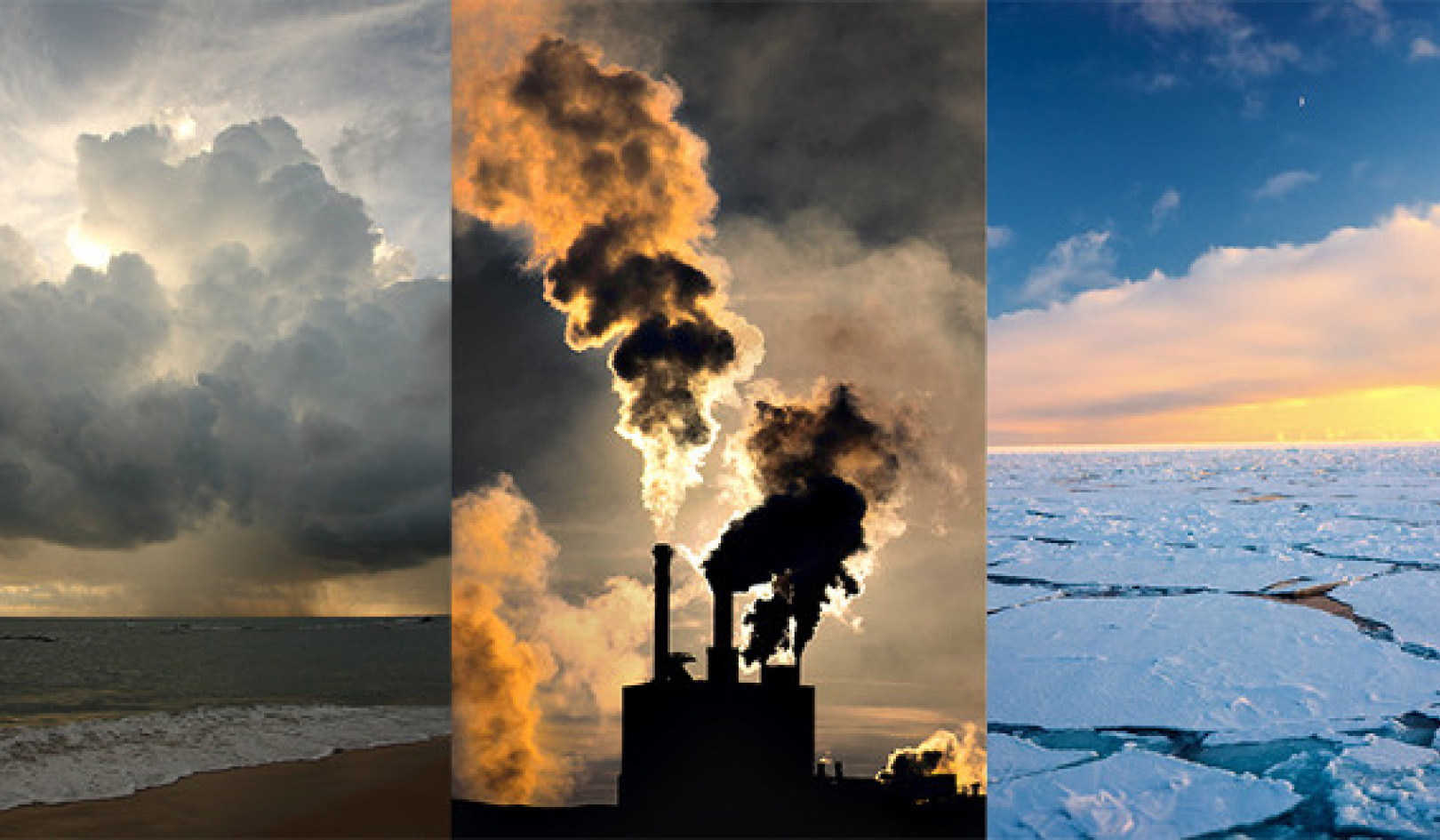
घातक गर्मी तनाव अपेक्षाकृत थोड़ा अतिरिक्त जलवायु वार्मिंग के तहत हर साल लाखों लोगों के लाखों लोगों को प्रभावित करने का अनुमान है पेरिस समझौते commits the international community to limit global warming to no more than 2? above pre-industrial (late 19th century) air temperatures, with an aspirational target of 1.5?. In our latest research, which looked at the impact of global temperature rises on magacities, हमें मिला that even if 1.5? is achieved, large increases in the frequency of deadly heat are expected. ![]()
2050 के द्वारा मेगाएक्टिव में रह रहे लगभग 350 अधिक लोगों को हर साल घातक गर्मी का सामना किया जा सकता है।
Humans become “heat stressed” when the body absorbs more heat than is tolerable. If core body temperature rises just a few degrees above 37?, deadly ऊष्माघात परिणाम हो सकता है। इसकी शीतलन प्रणाली का उपयोग करके - पसीना – the human body can maintain a safe temperature even if air temperatures rise above 37?. This mechanism works better in a drier atmosphere (which is why steam rooms feel hotter than saunas – even at the same air temperature). The ताप सूचकांक is a measure that combines this humidity effect with air temperature to provide a “feels like” temperature. A heat index in excess of about 40.6? is considered dangerous to human health.
जैसा कि वैश्विक हवा के तापमान में वृद्धि, जलवायु मॉडल के साथ टिप्पणियां और प्रयोगों से पता चलता है कि वायुमंडलीय नमी सामग्री भी चढ़ती है। इसका मतलब यह है कि गर्मी सूचकांक (और यह कैसे गर्म लगता है) हवा के तापमान से तेज हो जाता है इसके अलावा, क्योंकि नमी की मात्रा अधिक तापमान पर अधिक तेजी से बढ़ सकती है, गर्मी सूचकांक तेजी से बढ़ जाता है (एक गैर-रेखीय प्रतिक्रिया)।
ग्लोबल वार्मिंग को सीमित करने के लिए मजबूत प्रोत्साहन
This non-linear response carries over to the definition of “global heat stress burden” used in our research, which we define as the average number of days per year over land areas with a daily heat index above 40.6?. Using a large number of climate model simulations, we found that this quantity increases faster and faster as global average air temperatures rise. This sharp rise in global heat stress burden has important consequences.
First, any increase in global heat stress from climate warming to date will be smaller than that caused by the same additional warming in the future. (We have seen a 0.8? rise in global temperature; another 0.8? of warming could be expected to lead to a greater increase in heat stress than caused by the first 0.8?.)
Second, there may be progressively heavier global impacts if the Paris targets are breached. Our analysis suggests that for 1.5? warming, the global heat stress burden will be almost six times greater than experienced during 1979-2005. But heat stress is 12 times greater if warming reaches 2?. With 4? warming – which could happen if mitigation efforts fail – our analysis suggests that the global heat stress burden could be more than 75 times larger.
गर्मी तनाव में इतनी बड़ी बढ़ोतरी की कल्पना करना मुश्किल हो सकता है, इसलिए हमने हाल ही में गर्मी के तरंगों का इस्तेमाल किया ताकि आगे आने वाले प्रभावों के बारे में बातचीत कर सकें।
For example, in 2015, Karachi and Kolkata in India experienced lethal temperatures. Our analysis suggests that in a 2?-warmer world, both cities could experience these deadly conditions at least once a year. If global warming reaches 4?, the record heat of 2015 would be commonplace – more than 40 days a year. Other regions would not be immune. With only 1.5? of warming, twice as many global megacities (cities with a population greater than 10m, including Lagos, Nigeria, and Shanghai, China) could start to regularly experience heat stress. At 2?, Tokyo (the world’s most populous city), may be affected. New York City joins the list at 4?.
If the global population grows as anticipated this century, it could drive up global heat stress even more. The situation in Lagos illustrates this well. If global warming reaches 1.5? by the end of the century (at which time the population of Lagos may have increased elevenfold and dangerous heat may be 100 times more common) the heat stress burden could be more than a thousand times greater than the recent past.
Across all megacity regions, if the 1.5? limit is breached by the 2050s, as many as 350m people globally could be regularly exposed to dangerous heat stress. This is more than a fourfold increase compared with 1979-2005.
Heat stress sensitivity to global temperature rise and the potential human impacts – even at 1.5? above pre-industrial levels – provide a strong incentive for limiting global warming. Warming associated with the Paris targets may sound modest enough for the urgency of the situation to be lost. Our analysis shows that even if ambitious mitigation targets are met, the need to adapt to extreme heat will remain. The high concentration of people and heat in urban environments make cities an important focus for these adaptation efforts.
के बारे में लेखक
टॉम मैथ्यू, भौतिक भूगोल में व्याख्याता, लिवरपूल जॉन मूर्स यूनिवर्सिटी
यह आलेख मूलतः पर प्रकाशित हुआ था वार्तालाप। को पढ़िए मूल लेख.
संबंधित पुस्तकें
at इनरसेल्फ मार्केट और अमेज़न























